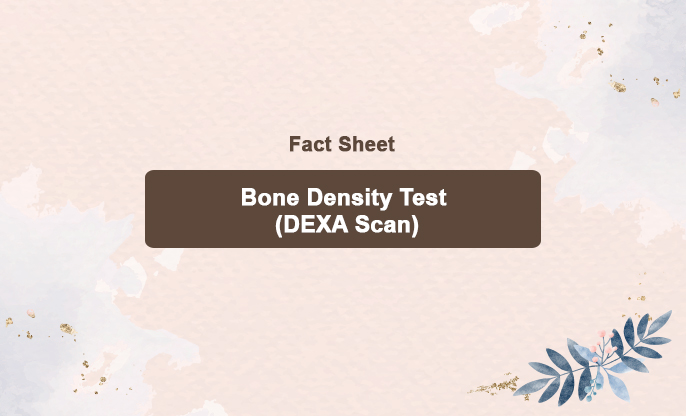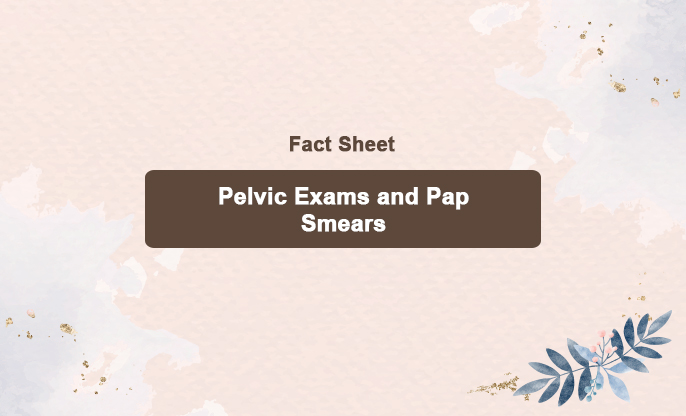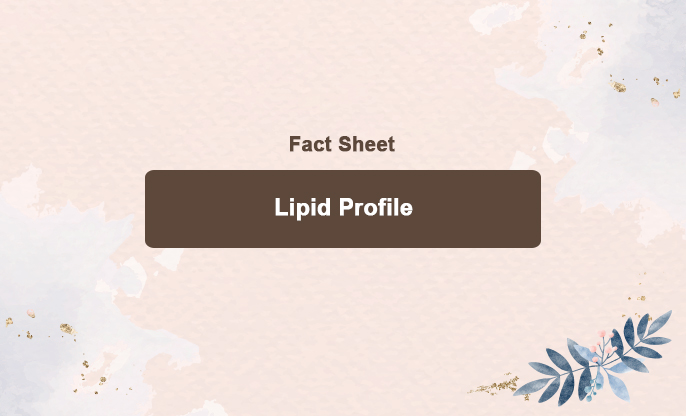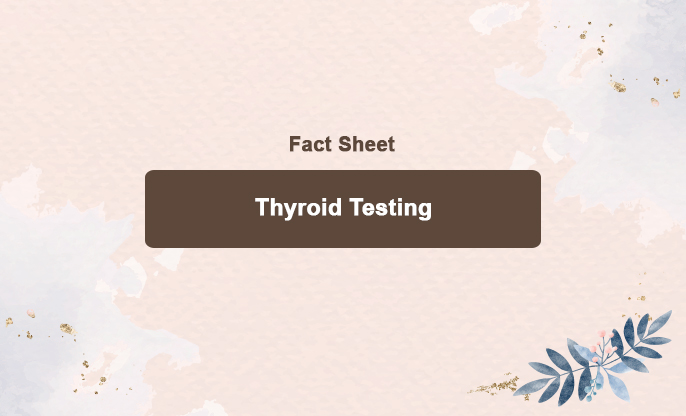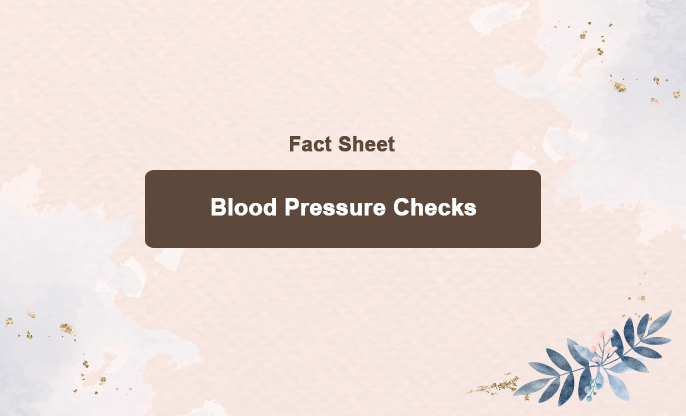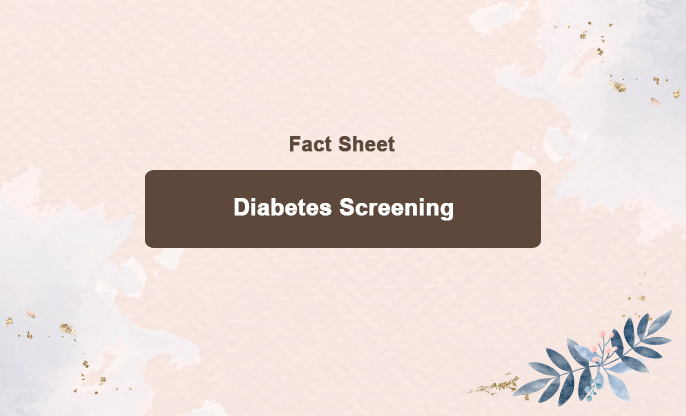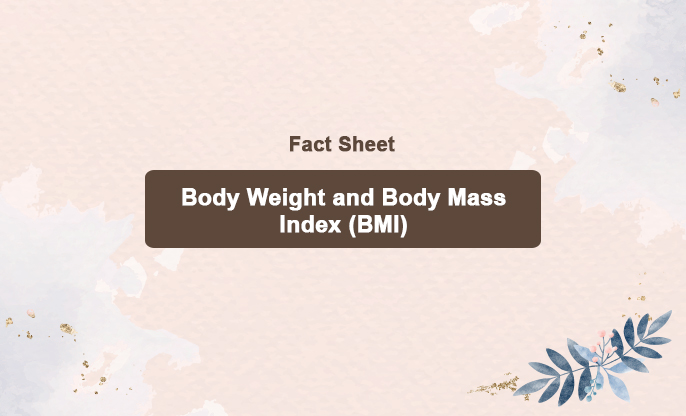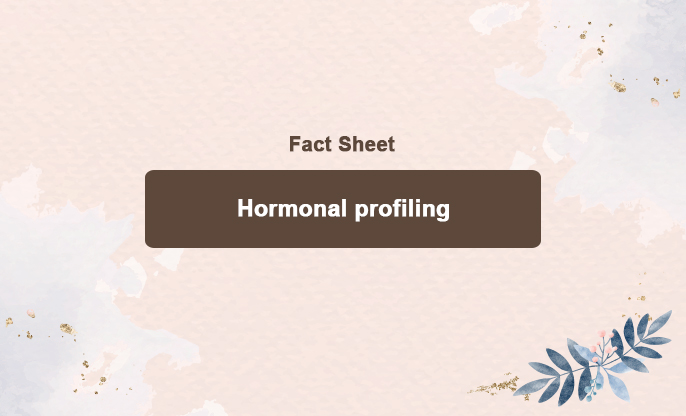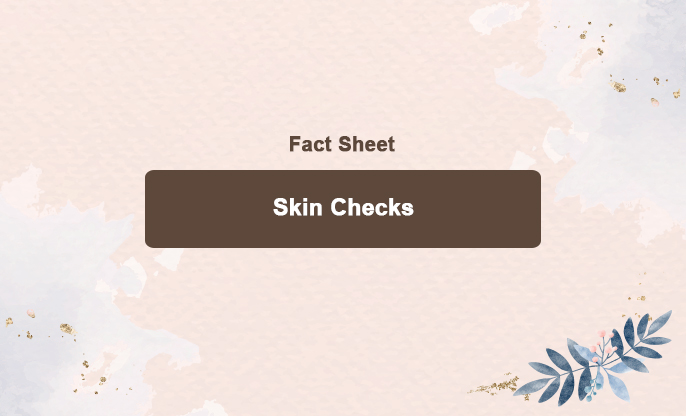
What is this test?
A 'skin check' can be defined as a thorough assessment and examination of an asymptomatic patient to detect any signs of skin cancer.
How to Perform Skin Checks:
Preparation:
Good Lighting: Ensure you have bright, natural light or use a strong lamp.
Full-Length Mirror: Useful for checking the entire body.
Handheld Mirror: Helpful for examining hard-to-see areas.
Note Any Changes: Keep a record or take photos of moles or spots to monitor any changes over time.
What to Look For:
New Moles or Growths: Any new moles or growths on your skin.
Changes in Existing Moles: Look for changes in size, shape, color, or texture.
Unusual Spots: Sores that don’t heal, or any red or scaly patches.
ABCDE Rule for Melanoma:
A - Asymmetry: One half of the mole doesn’t match the other half.
B - Border: Edges are irregular, ragged, notched, or blurred.
C - Color: The color is not uniform and may include shades of brown, black, pink, red, white, or blue.
D - Diameter: The spot is larger than 6mm across (about the size of a pencil eraser).
E - Evolving: The mole is changing in size, shape, or color.
Areas to Check:
Face and Scalp: Use a comb to part hair and check the scalp.
Torso: Front, back, and sides. Women should lift breasts to check underneath.
Arms and Hands: Check fingernails, palms, and forearms.
Legs and Feet: Don’t forget the soles of the feet and between the toes.
Back and Buttocks: Use a handheld mirror to check your back and buttocks.
Is this routine or specific?
Skin checks can be both routine and specific, depending on the context and individual circumstances.
Routine Skin Checks:
Annual Dermatologist Visits: It is generally recommended that everyone has a professional skin check by a dermatologist once a year, especially for adults over the age of 40, when the risk of skin cancer increases.
Self-Exams: Monthly self-examinations are encouraged for all individuals to monitor for any new or changing moles or spots on their skin.
Specific Skin Checks:
High-Risk Individuals: More frequent skin checks are recommended for those with higher risk factors, such as:
Personal or family history of skin cancer.
Numerous moles or atypical (dysplastic) moles.
Fair skin, freckles, and light hair.
History of sunburns or excessive sun exposure.
Use of tanning beds.
Immunosuppressed individuals, such as organ transplant recipients.
After Noticing Changes: If an individual notices any suspicious changes in their skin, such as new growths, changes in existing moles, or non-healing sores, they should seek an immediate skin check from a healthcare provider.
Follow-Up for Previous Skin Cancer: Individuals who have had skin cancer in the past may require more frequent follow-ups and skin checks to monitor for recurrence.
When should it be done (frequency)?
It is recommended that adults have a professional skin check by a dermatologist once a year. This helps in the early detection of skin cancer and other skin conditions.
Individuals should perform a thorough self-examination of their skin once a month to monitor for any new or changing moles, spots, or other skin abnormalities.
People with higher risk factors may need to see a dermatologist more frequently, such as every 3 to 6 months. High-risk factors include:
Personal or family history of skin cancer.
Presence of numerous moles or atypical (dysplastic) moles.
Fair skin, freckles, light hair, and light eyes.
History of severe sunburns, particularly in childhood.
Excessive sun exposure or use of tanning beds.
Immunosuppressed individuals, such as those who have had organ transplants.
What do the results indicate or eliminate?
The results of a skin check can provide valuable information about your skin health, particularly in identifying or ruling out skin cancer and other skin conditions. Here’s what the results of a skin check can indicate or eliminate:
Indications from Skin Check Results:
Detection of Skin Cancer:
Melanoma: A type of skin cancer that can be aggressive and spread to other parts of the body. Early detection is crucial.
Basal Cell Carcinoma (BCC): The most common type of skin cancer, usually appearing as a painless raised area of skin, which may be shiny or have small blood vessels.
Squamous Cell Carcinoma (SCC): Often appears as a red, scaly, or crusty patch of skin that may be tender or bleed easily.
Identification of Precancerous Lesions:
Actinic Keratosis: Rough, scaly patches caused by sun exposure that can develop into squamous cell carcinoma if not treated.
Benign Skin Conditions:
Moles (Nevi): Normal moles that do not exhibit signs of melanoma.
Seborrheic Keratosis: Non-cancerous growths that can appear as wart-like, brown, or black lesions.
Lentigines (Age Spots): Flat, brown spots that appear on sun-exposed areas of the skin.
Other Skin Disorders:
Psoriasis: An autoimmune condition characterized by red, scaly patches.
Eczema (Atopic Dermatitis): A condition causing inflamed, itchy, and red skin.
Infections: Such as fungal infections, warts, or bacterial infections.
Elimination from Skin Check Results:
Absence of Skin Cancer:
If no suspicious lesions are found, the results can provide reassurance that there are no signs of skin cancer at the time of the exam.
Exclusion of Precancerous Conditions:
Clear skin without any actinic keratosis or other precancerous changes indicates a lower immediate risk for developing certain types of skin cancer.
Benign Findings:
Identifying that skin lesions or moles are benign and not indicative of cancer or other serious conditions.










